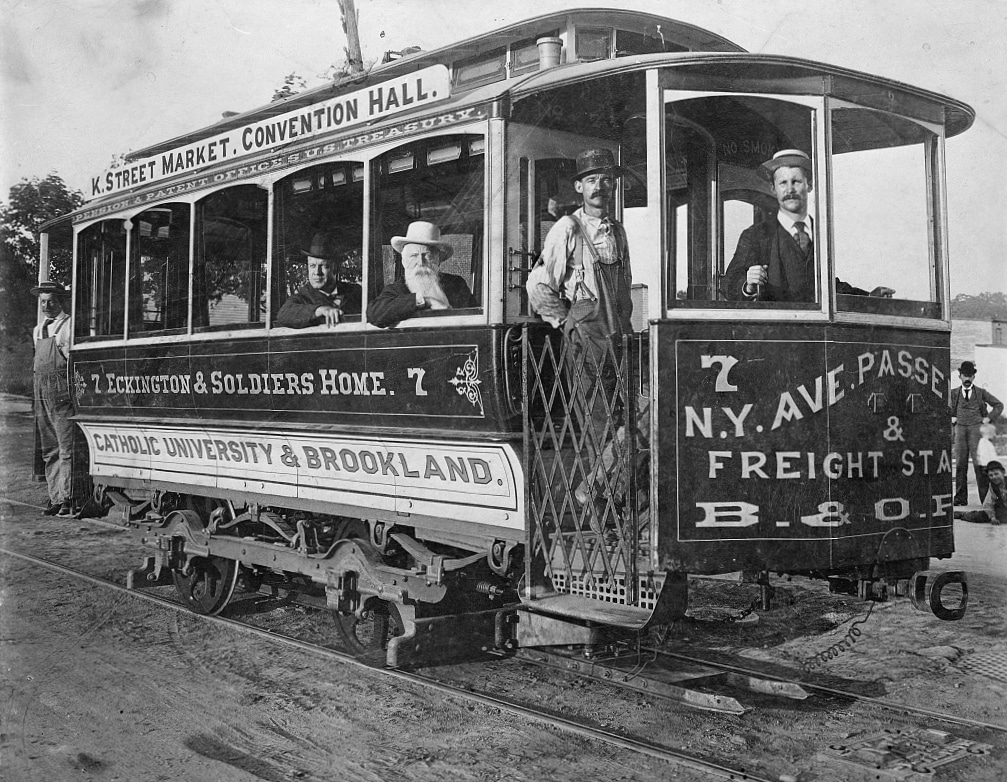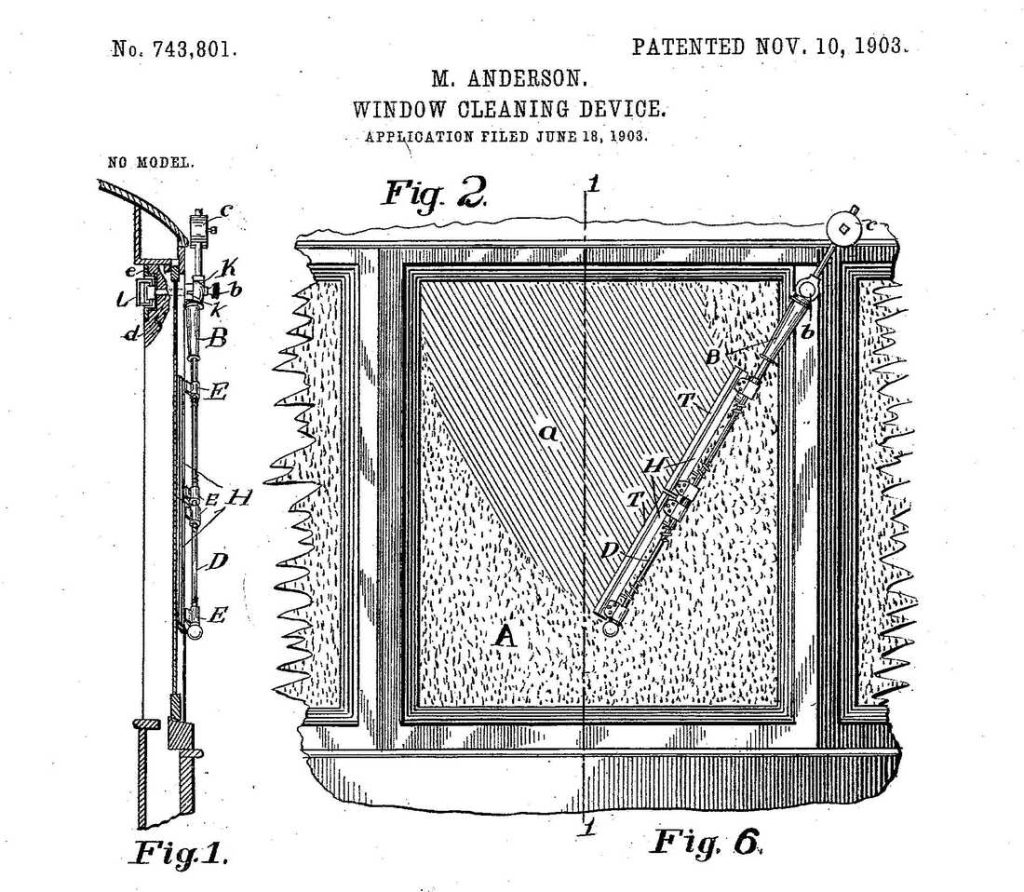If you’ve ever gone on a drive with your parents on a rainy or snowy day, you’ve probably already witnessed how helpful windshield wipers are in clearing away rain, snow, or debris.

But have you ever wondered how this ingenious invention came to be? Or whose brilliant mind invented this simple yet incredibly important feature that makes our driving experience safer and more comfortable?
If you’re curious, don’t fret. I’ll share with you a fascinating story that started with a woman’s determination to improve her driving experience and made a significant contribution to the automotive industry.
Meet Mary Anderson, an independent, self-made American woman who worked as a real estate developer, rancher, and viticulturist.

A viticulturist has expertise in growing and maintaining grape plants, particularly to produce wine.
She was born in Burton Hill Plantation, Greene County, Alabama, on February 19, 1866.
How It Started
In the winter of 1902, Mary was visiting New York City. She was riding a trolley car on a snowy day and noticed the driver was having difficulty seeing through the windshield.
Although the car’s front window was meant to provide good visibility in bad weather, its multi-pane windshield was not functioning well.

As a result, the driver had to open the window and reach his arm outside the window to wipe off the snow. The trolley driver even had to get out and manually wipe off the windshield to clear their line of sight.
This scene got Mary wondering: What if there’s a blade attached to the car that could be operated from inside to wipe off the windshield so the driver doesn’t have to leave the vehicle?
Following the trip, Mary returned home to Birmingham, Alabama, and began with her idea. She sketched the device with a description of it. On June 18, 1903, Anderson applied for a patent to the United States Patent Office.

Credit: The United States Patent and Trademark Office
Five months later, Anderson received her patent on November 10, 1903. Anderson’s invention had a patent number 743,801, with the official name of her invention as a ‘window cleaning device.’
The window cleaning device included a metal arm attached to the car window that could swing radially to clear away any snow, rain, or sleet. This window-cleaning device was operated manually using a handle inside the car.
Now, you might think that the invention of windshield wipers was an immediate success. Unfortunately, that wasn’t the case.
Mary did some outreach to manufacturing firms, but no company or individual showed any interest in her invention.
Some believe it was because automobiles weren’t as widespread in the early 1900s. Other people even thought the windshield wiper was a dangerous device that would distract drivers and cause accidents.
Others speculate people weren’t interested because Mary was a woman. Anderson faced challenges in being heard and respected in a male-dominated world.
Discouraged, Anderson decided to stop promoting her product. Unfortunately, her patent expired in 1920, exactly 17 years after it was initially awarded. During this time, the demand for windshield wipers increased dramatically due to the rise in popularity of automobiles.
Because her patent already expired, Anderson did not receive any royalties for the development and widespread use of windshield wipers.
Moreover, Mary Anderson’s creation, the windshield wiper, was modified for use in automobiles and eventually became a standard feature on Cadillac cars in 1922, solidifying her legacy.
Although she received no cent for her creation, Mary Anderson was inaugurated into the National Inventors Hall of Fame in 2011.
Windshield wipers have come a long way since their invention, and today, they are a standard feature on all cars. It’s hard to imagine a world without them, and we have May Anderson’s ingenuity to thank for that.







